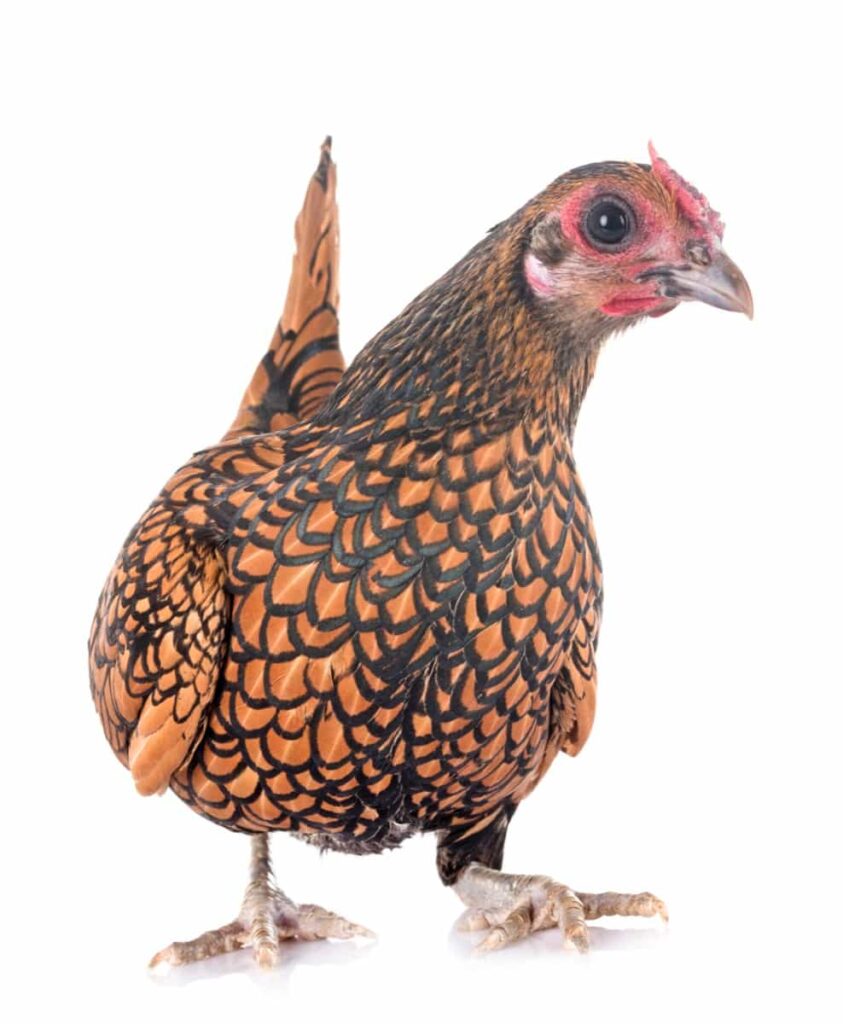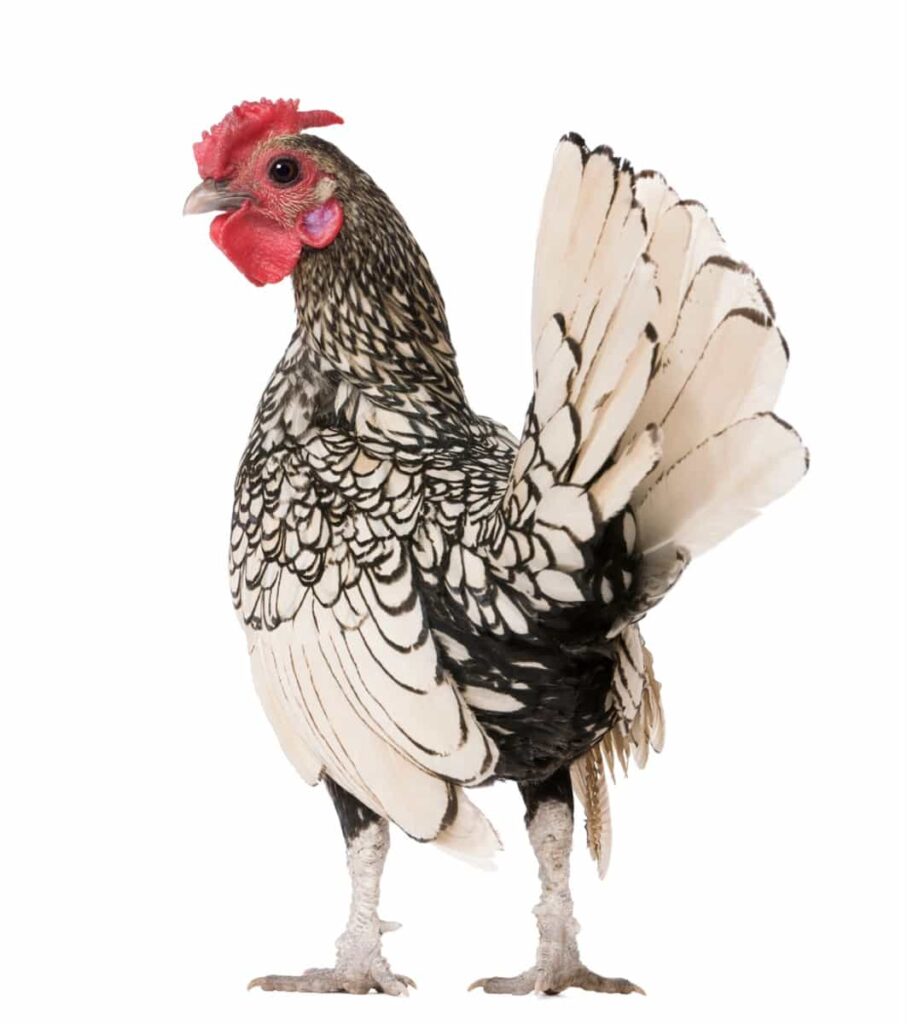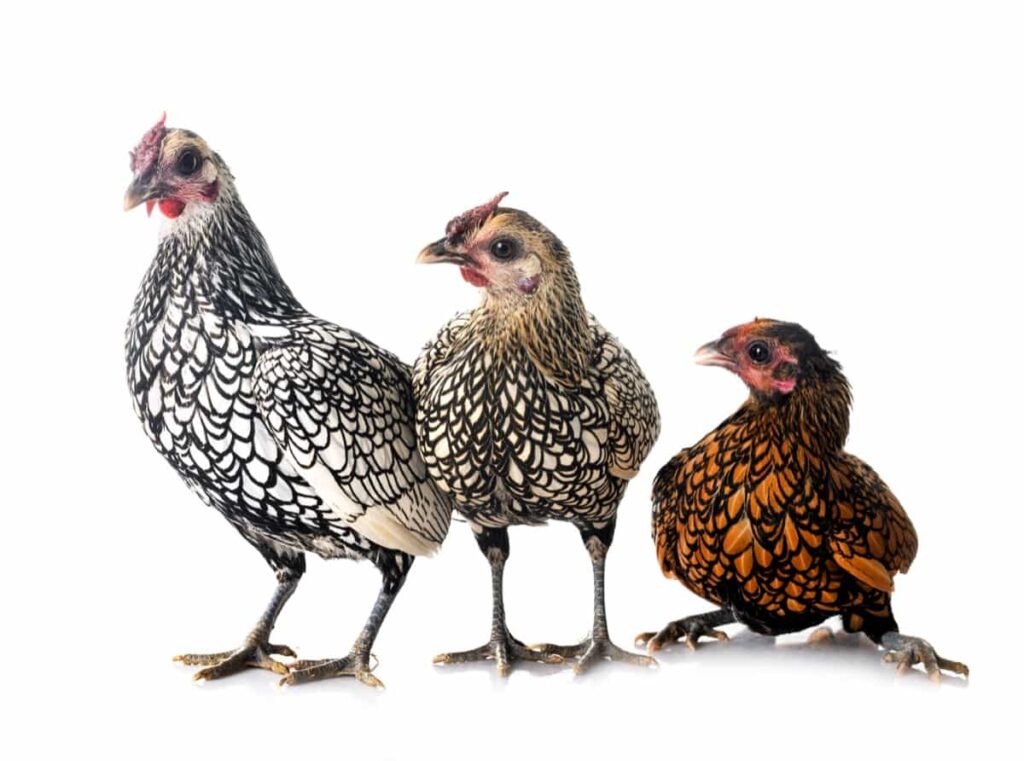Originating from Malaysia, Kikiriki chickens, also known as Malay Serama or Serama chickens, are predominantly kept for ornamental reasons rather than for egg or meat production. Renowned for their gentle and amiable demeanor, they are often favored as pets. For those intrigued by raising Kikiriki chickens, the world’s smallest chicken breed, delving into their origin, Kikiriki chicken behavior, distinctive traits, chick hatching processes, Kikiriki chicken care, and additional aspects can offer valuable insights.

How to Raise Kikiriki Chickens
Introduction to Kikiriki Chickens
Origin and History: Kikiriki chickens hail from Kelantan, Malaysia, with a lineage tracing back to a crossbreeding of Japanese bantams and Malay chickens. The breed as we know it today owes much to the efforts of Wee Yean Een, who named it in homage to Rama Serama, the Thai king. This fusion of breeds has produced a unique chicken with distinct traits.
Physical Characteristics: Kikiriki chickens are small in size, typically weighing around 400-600 grams. They boast a distinctive appearance, characterized by a compact body, short legs, and an upright stance. Their feathers come in various colors and patterns, adding to their charm. Known for their high energy levels and resilience, Kikiriki chickens make delightful additions to backyard flocks.
Understanding Kikiriki Behavior
Social Structure: Kikiriki chickens exhibit a communal nature, thriving in flocks. Establishing a clear pecking order, they often engage in social interactions, promoting a cohesive group dynamic.
Common Behaviors and Temperaments: These chickens display inquisitive and docile temperaments, making them ideal for novice keepers. They often showcase playful antics and tolerate handling well, fostering positive interactions with their caretakers.
Housing Kikiriki Chickens
Coop Requirements: Kikiriki chickens require approximately 2-3 square feet of space per bird within the coop, ensuring ample room for movement and roosting. Adequate insulation is vital for Kikiriki chicken coop design, especially in colder climates, to maintain a comfortable temperature. Installing nesting boxes provides a secluded area for egg-laying, with one box for every 3-4 hens. Ensuring proper ventilation is also crucial for air circulation and preventing respiratory issues.
Outdoor Space and Fencing: Provide ample outdoor space for foraging and exercise, ideally at least 8-10 square feet per bird. Secure the area with sturdy fencing to protect against predators. Kikiriki chickens are active and enjoy exploring, so incorporate enrichments like dust baths and natural perches to encourage natural behaviors and mental stimulation. Regularly inspect fencing for signs of wear or vulnerability to predators.
Feeding and Nutrition
Dietary Needs: Kikiriki chickens require a balanced diet rich in protein, vitamins, and minerals. Kikiriki chicken diet should be a high-quality poultry feed formulated specifically for laying hens. Always ensure access to fresh, clean water. On average, each bird consumes around 120 to 150 grams of feed per day, but this can vary based on factors like chicken age and size.
Supplements and Treats: Offer supplements such as calcium to support eggshell production and grit for digestion. Treats like fruits, vegetables, and mealworms can be given in moderation to add variety and nutrition. However, be cautious not to overdo treats, as they can unbalance the diet and affect Kikiriki egg production.
Health and Wellness
Common Health Issues: Kikiriki chickens, like any poultry, are susceptible to various health issues such as respiratory infections, parasites, and nutritional deficiencies. Watch for symptoms like sneezing, coughing, or lethargy, which may indicate illness.
Preventative Care Strategies: Ensure a clean and spacious coop environment, providing adequate ventilation and protection from drafts. Implement a regular cleaning schedule and monitor for signs of parasites. Provide a balanced diet rich in vital nutrients and access to clean water at all times. Regular Kikiriki chicken health checks by a veterinary doctor can help catch issues early and maintain the overall well-being of your Kikiriki chickens.
In case you missed it: How to Raise Gold Star Chicken: Characteristics, Egg Production, Size, Lifespan, Price, and Facts

Egg Production and Management
- Understanding Egg-Laying Patterns: The females can produce 5 to 7 eggs each month, and their color ranges from beige to white. Their eggs weigh from 14 to 25 grams.
- Collecting and Storing Eggs: Regularly collect eggs once or twice a day to prevent them from becoming dirty or broken. Handle eggs carefully to avoid cracks. Store eggs in a dark and dry place away from sunlight to maintain freshness. Proper storage can prolong shelf life and preserve egg quality.
Breeding Kikiriki Chickens
Selecting Breeding Stock: Breeding Kikiriki chickens involves Carefully choosing healthy, robust Kikiriki chickens with desirable traits such as strong egg-laying abilities, vibrant plumage, and good temperament. Look for birds free from genetic defects or diseases to ensure the quality of offspring.
Incubation and Hatching: Maintain a consistent temperature of around 37.5°C and humidity levels between 40-50% in the incubator. Place fertilized Kikiriki eggs in the incubator, turning them regularly to prevent the embryos from sticking to the shell. Monitor the eggs closely for signs of development and adjust conditions as necessary. The baby chickens require around 19 days to incubate and develop before they hatch.
Raising Baby Chickens
Brooder Setup: Create a warm, draft-free space with bedding, a heat source, and access to food and water. Maintain a temperature of around 35°C using a heat lamp for the first week, decreasing by 2.5°C each week until chicks are fully feathered.
Growth Milestones
- Week 1: Baby chickens should be eating and drinking regularly, with feathers beginning to develop.
- Week 4: Feathers are more pronounced, and baby chickens are becoming more active and curious.
- Week 8: Baby chickens should be fully feathered and ready to transition to outdoor coop living.
Handling and Training
Safe Handling Tips: When handling Kikiriki chickens, approach them calmly and avoid sudden movements to prevent stress. Support their body securely and be gentle to avoid injury. Wash your hands before and after handling to avoid the spread of diseases.
Training for Compliance and Tricks: Use positive reinforcement techniques like treats to train Kikiriki chickens. Start with basic commands like “come” and “stay,” gradually progressing to more complex tricks. Be patient and consistent in the training approach, rewarding desired behaviors promptly. Keep training sessions short to maintain their interest and motivation. With patience and consistency, Kikiriki chickens can learn a variety of tricks and behaviors.
Community and Socialization
Integrating with Other Chickens: Ensure a thriving flock of Kikiriki chickens by focusing on community and socialization. Facilitate a harmonious environment where chickens can establish pecking order naturally. Gradually introduce new Kikiriki chickens to the existing flock to minimize stress and aggression. Monitor interactions closely, providing ample space and resources.
Human Interaction: Foster a bond with your Kikiriki chickens through regular, gentle human interaction. Hand-feeding, talking, and spending time in their vicinity helps build trust, making them more comfortable and friendly. Positive human-chicken relationships contribute to overall well-being.
In case you missed it: Top 13 Tallest Chicken Breeds in the World

Note: The images presented in this post are intended solely for representation purposes. The images are meant to serve as visual aids and should not be relied upon as accurate representations of their real-life counterparts.
Conclusion
Opting for amiable and docile chickens proves advantageous for novice flock caretakers. It’s essential to reflect on your objectives behind raising chickens—whether prioritizing egg production, meat yield, or seeking dual-purpose breeds capable of both. Additionally, there are ornamental varieties like Kikirikis, known for their petite size and friendly demeanor, yet they are primarily chosen for aesthetic purposes rather than practical homesteading for sustenance.
- Crops Grown in Summer Season: Best Choices for Summer Gardening
- Organic Pest Control for Tomato Farming
- How to Maximize Sheep Farming Profit
- Broccoli Varieties: Choosing the Right Cultivars for Your Farm
- How to Raise Pigs in Your Own Backyard: A Comprehensive Guide
- Budget Friendly Sheep Shed Ideas: Cheap and Low-Cost Tips
- How Much Do Cattle Farmers Make: Revenue Streams in Cattle Farming
- Management Pests and Diseases in Your Cotton Field
- Sheep Farming Business Plan for Beginners
